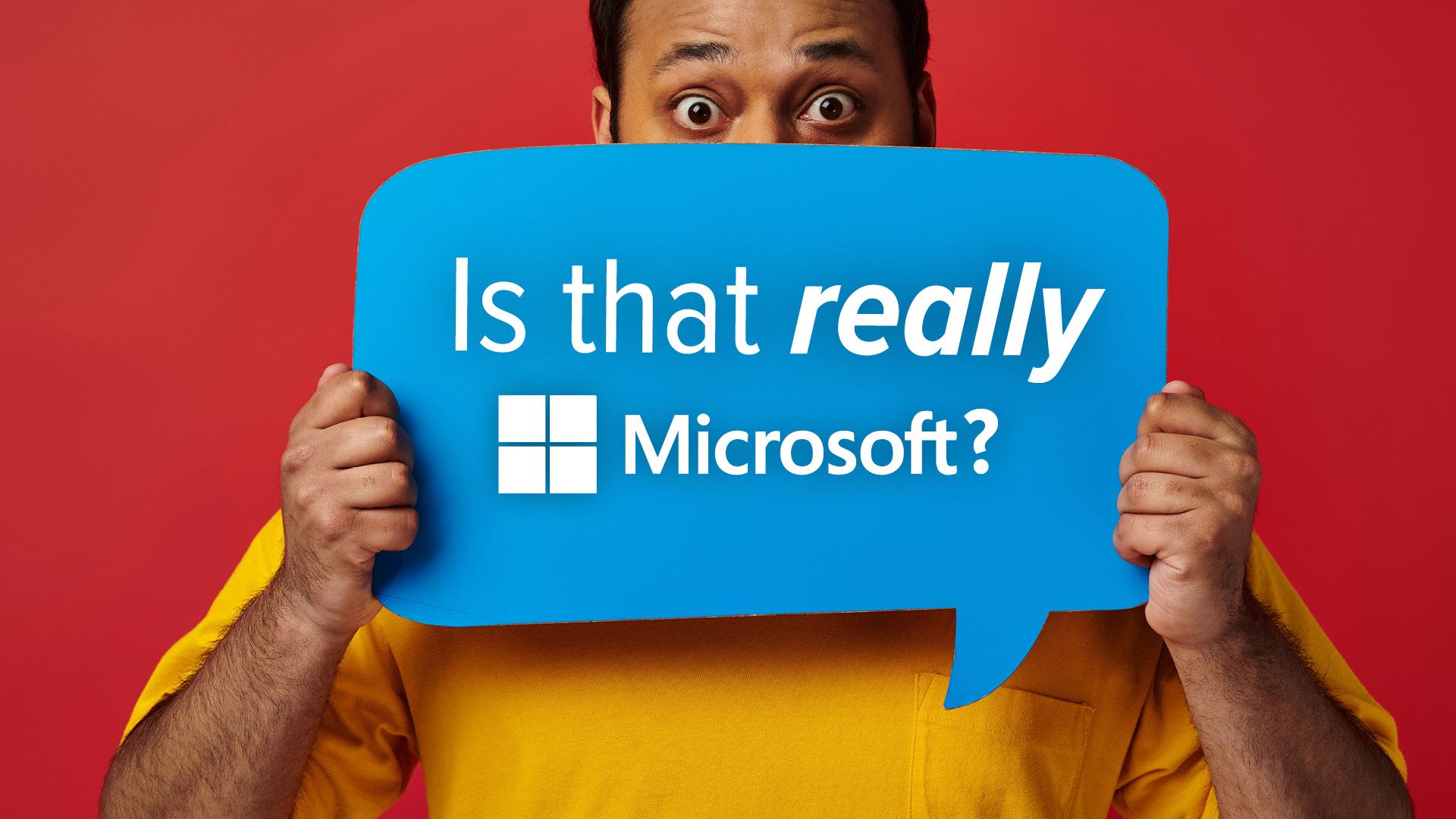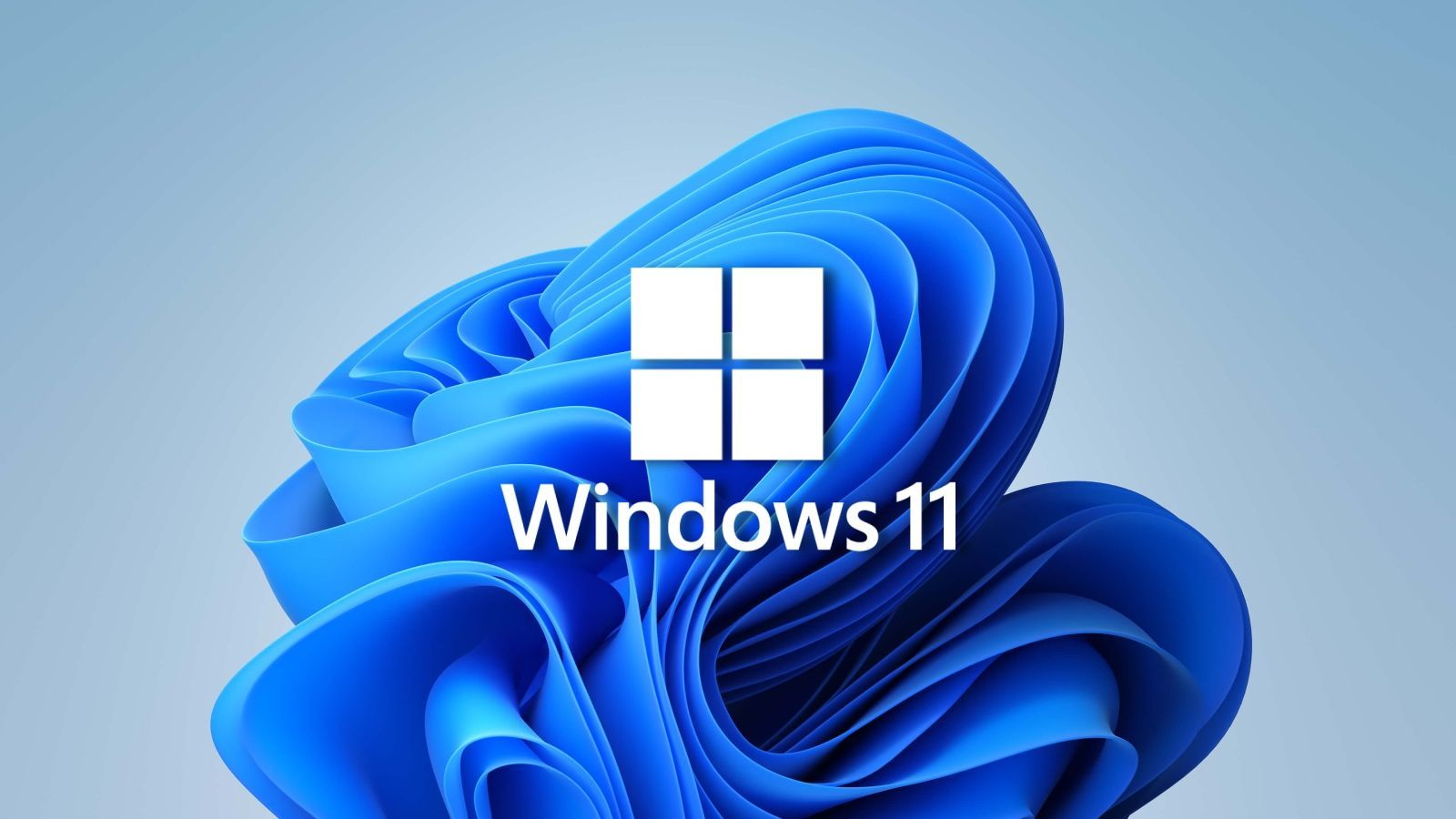You might not use your printer enough to be too concerned when dealing with a seemingly minor error. But, if left unavoided, it can lead to print quality issues, loss of productivity, costly repairs, and more. Keep reading to find out how to know if a printer needs routine maintenance.
5 SIGNS YOUR PRINTER NEEDS FIXED
No matter what brand you have, from an HP to a Canon, most inkjet printers display similar warning signs when they’re having issues. While they may slightly differ, here are five you can look out for.
1. POOR PRINT QUALITY
Blots of ink, blurry lines, and smudges are tell-tale signs your printer has a problem. Smudges and streaks may indicate issues with your printer’s ink cartridges or drum kit, especially if they appear on every printout. Drops of ink may indicate loose ink rollers or thermal ribbons.
Poor print quality isn’t always caused by a broken part. Sometimes, dust and debris can build up, causing the ink to disperse unevenly. This is simply a sign that you need to do some cleaning.
2. STRANGE NOISES
If your printer starts making weird noises, don’t ignore them. Sometimes, the fix is as easy as removing paper jams and checking the armor ribbons. However, other times they may indicate a bigger mechanical problem that needs greater attention. Ignoring any grinding sounds, squeaks, and clunks you hear can lead to a buildup of problems that damage the printer further and cost you more in the long run.
3. SLOW PRINTING SPEEDS
Waiting ages for your documents to print is a pain. It’s also a sign that your printer’s performance isn’t optimized. Slow printing speed is caused by several factors, including:
- Outdated drivers
- Network congestion
- Limited memory
- Low ink or toner levels
- Worn out parts
4. NETWORK CONNECTIVITY PROBLEMS
Just like most technology, printers need to be regularly updated. Ensuring your printer’s firmware is up-to-date can help prevent connectivity issues and prolong its life.
5. FREQUENT ERROR CODES
Error codes are a printer’s way of talking to you, making them the easiest way to know if something’s wrong. Sometimes, errors occur because of a glitch while printing. In that case, turn off the printer, let it cool down, and restart it. Other times, they can point to issues ranging from big to small, from hardware and motor malfunctions to low ink levels.
COMMON PRINTER MAINTENANCE TASKS
Want to keep your printer at its best? Here’s how you can keep it running for longer.
NOZZLE CHECKS
Nozzle checks help identify clogged or misaligned nozzles in the printer’s printing head. Though the process may differ depending on the model, the purpose remains the same. The printer generates a test page to examine the nozzles’ functionalities. If the test page shows solid lines, the nozzles are working fine. However, broken or missing lines indicate a problem.
CLEANING THE PRINTER AND PRINTER HEADS
Most modern printers have an automatic print head cleaning option in the settings menu. If not, you may want to consider using a third-party software.
Aside from the printing heads, you should also clean the printer’s interior and exterior. A microfiber cloth can work wonders for removing dust and debris. Remember to power down the printer before cleaning the interior components.
PERFORMING UPDATES
Manufacturers frequently release firmware, software, and driver updates for printers. These updates help improve performance, fix bugs, and enhance device compatibility. To perform them, check your printer’s control panel or visit the manufacturer’s website for more information.
TECHNOLOGY EXPERTS NEAR YOU
Sometimes, it’s best to leave your tech troubles to the professionals. From computer repair to network security solutions, Computer Troubleshooters has the resources and the expertise to keep your business or home tech at its best.
Get in touch to get started!
Previous Blog Posts and Updates










